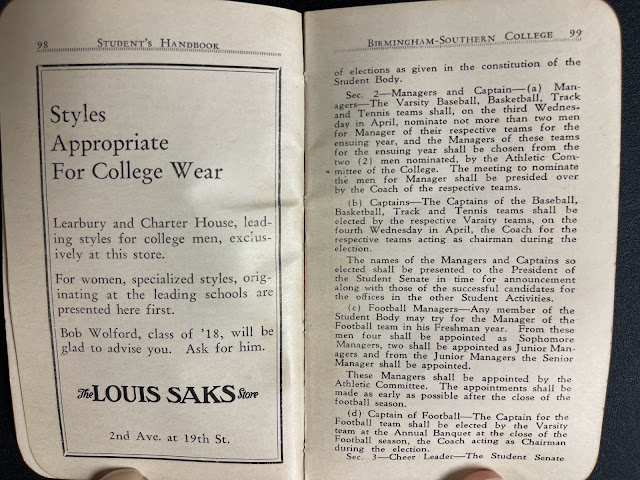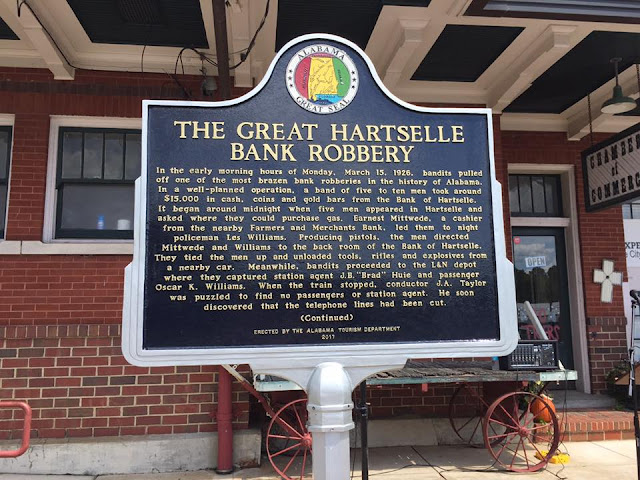The newspaper item below turned up recently when my brother Richard and I were going through some papers at mom's house in Huntsville. I'm glad I can now pin down pretty much the exact date and place of my tonsillectomy at Huntsville Hospital, June 9, 1958, when I was 6 years and 3 months old. The physician might have been Thomas E. Dilworth, our family physician for many years.
I remember Dr. Dilworth very well. I have a vague memory of him making a house call when I was pretty young and sick in bed, probably at the Cloverdale house noted in the article. At one point when I was 10 or 12, I was out riding my bicycle and bitten by a dog that chased me. We couldn't find the dog, so Dr. Dilworth recommended a series of rabies shots--one a day for 14 days. He started off giving them in the abdomen, but when that area became too sore he switched to the buttocks. The final two were given one in each arm. Mom didn't drive at that time, so dad drove me to the doctor's office each day including Saturday and Sunday.
You can read more about Dr. Dilworth in the 1985 book Medicine Bags and Bumpy Roads, a history of medicine in Madison County by Jewell S. Goldsmith and Helen D. Fulton. A profile and a photo appear on pp 295-6. The book notes that Dilworth practiced at Fifth Avenue Hospital after his partner and cousin, Dr. J. E. Whitaker, opened that facility in 1954. So I can't be certain Dilworth did the surgery, but perhaps he also had privileges at Huntsville Hospital. He and his wife Jessie are both buried in Maple Hill Cemetery in Huntsville.
In this newspaper listing my address is given as 142 Cloverdale Drive. Sometime during the year after my tonsillectomy the address became 4220. I discuss this change in a blog post, "Cloverdale Drive, 'Jack and Jill' and Me."
Medical topics have been covered by newspapers for decades, but the nature of that coverage has changed over time. New techniques such as the spinal anesthetics described below were considered newsworthy at the time these two articles were published in 1909 and 1931. But when was the last time you saw a spinal anesthesia covered in the news?
Spectacular achievements--transplants, gene therapy, robot surgery, new drugs--always get coverage until they become common or don't fulfill the initial enthusiasm. Other coverage is often devoted to children, adult local residents or various stripes of celebrities fighting cancer, etc.
I don't know when the Huntsville Times began including these lists, or how long they lasted. Today this publication would contain many violations of HIPAA and general privacy concerns unless the patients or parents gave permission for such use. Perhaps the hospital did obtain such permission then.
At the end of the Huntsville Hospital listing "Discharged" patients are four designated as "Colored". Presumably the facility was still segregated in 1958, with a ward or floor for black patients. That practice pretty much ended nationwide in 1965 when the law creating MEDICARE required hospitals to end racial discrimination in order to receive federal funds.
Huntsville Times 10 June 1958
Huntsville Hospital opened June 8, 1926; this postcard is from the 1930s. Two new wings were added in 1956-57. The book by Goldsmith and Fulton mentioned above has an extensive history of this hospital.
Here I am in the yard at Cloverdale Drive probably in 1957. From the look on my face, I may be worrying about that tonsillectomy already.
Mom, younger brother Richard and I in front of the house. My blog post on the great February 1958 snowfall is here.
The house on Cloverdale Drive in July 2018






















.jpg)


























